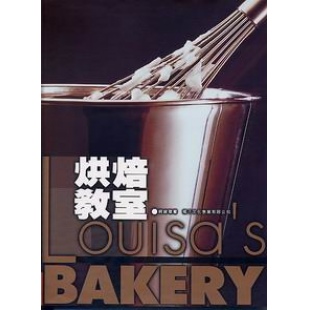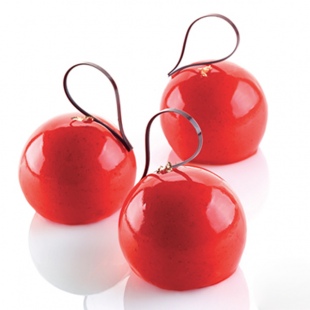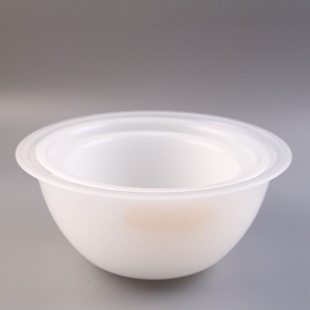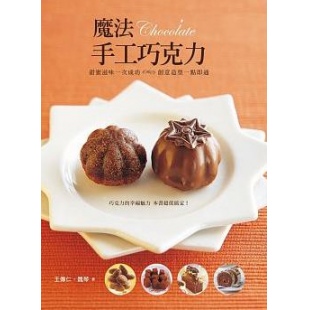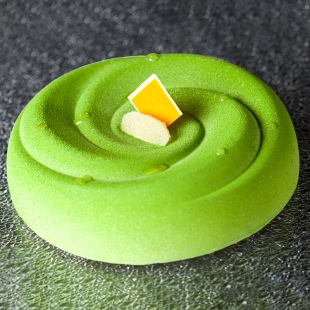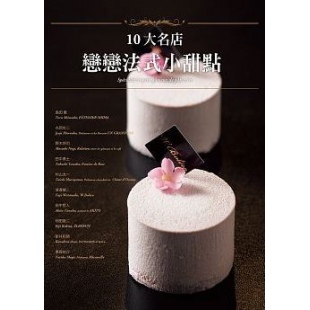- 相关推荐
浏览历史
Full review
Pastry in Europe: 2009, aka The Big Pink Book is Big. Glossy. Pricey. It reminds me of a Hermé cookbook or possibly Alinea, but it is neither. However, this is a good book, and so the question becomes, “For whom is this book best suited?”
PIE is a self-published product of Culibooks Inc., which has been around since 1996. Their most well- known magazines are Culinaire Saisonnier and Pâtisserie & Desserts. At 255 pages with glossy color photos on nearly ever page, there is plenty of eye candy. The US price is challenging, but I have been told that the book can be purchased for only $67 (Chocolate World) if bought in Euros (plane ticket to Europe not included).
Let me dispense with my criticisms first before I discuss who should buy this book.
Of greatest concern is the lack of audience. It seems to me that this book is attempting to concurrently serve the needs of the pastry professional and the home baker, yet the content falls somewhere in between. Terms such as crème anglaise are tossed around with the assumption that the reader won’t see this as an instruction to run to their nearest Brit shop for a bottle of some special cream. The technique descriptions are minimal and will result in countless frustrations unless the reader has a fair amount of experience under their apron, OR if they are willing to use supplemental material to make sense of the instructions. That said, there are still many of the recipes that are clear and straightforward, but be warned that this is not an entry level book.
Likewise, many people buy books for inspiration and food porn. While the photographs are beautiful, there are certainly other books that can better meet these pangs. There are pictures of people, landscapes, common ingredients, and the like, in addition to gorgeous pastries photographed in vivid detail. The photos are not manipulated with software trickery or lighting booths, which provides a nice break from the common trend in cookbooks. However, the result is photos that lack the sparkle commonly found in food books today.
This issue of photo quality is interesting – this book is not published by big name publishers (Wiley, Ten Speed, etc) - but Culibooks, Inc. is still a publisher: why are many of the industry standards not met in this book? The paper quality is high gloss, but has already warped in my copy. A lack of an index is a severe downside for me as I have already wanted to look up recipes that required me flipping through numerous pages. (The publishers call the Table of Contents “The Index”, but there is no listing of subjects, recipes or ingredients at the end of the book which would have been extremely useful.)
A less severe weakness is that some of the ingredients will not be readily accessible to the majority of readers. I don’t view this as a weakness so much as a challenge.
And finally I come back to audience: Pastry in Europe 2009 feels like one of those hard-bound glossy books you find in finer hotel rooms that is seeking to serve a connoisseur magazine audience. By that I mean, we have a beautiful, densely packed book full of wonderful material, and not just recipes, but articles about culture, people, technique, yet they are abbreviated articles that leave you wanting more. As an example, there is a nice discussion of cactus fig (prickly pear tuna in my parlance), but I was left with more questions than answers: “What are they using them for?”, “The picture of liquor on the side page – is that a cactus fig liquor?”, “Where can I get more information about the producers?”
The idea behind those glossy hotel books is to get a tourist to go shopping or eating at a restaurant – PIE is not a shilling book. There are no ads. I read the book more as a celebration of what’s on the minds of European pastry chefs right now. So the abbreviated article format doesn’t work for me. I would prefer the treatment typical of a magazine like Art of Eating, where we get in-depth information on the subjects, and recognizing my comments about the photos (please don’t misconstrue my comments, as the photos are very beautiful), I would suggest that the audience could do with a less expensive, less flashy, more informative book.
So then who should buy this book? If you have established some pastry/dessert skill, have a fairly solid grasp of the concept and techniques, you have a varied interest in pastries (not just one item such as gelato), and you won’t be frustrated when the 2010 edition comes out leaving your 2009 edition feeling a bit dated, then grab the book. It is unique, informative and well… quite interesting to me. I am enjoying it.
The book was worth the investment for me as someone who is constantly seeking new techniques, ideas and flavor combinations, although it certainly won’t get the mileage of my Hermé or Amernick books or my Art of Eating magazine.
-----------
Pastry in Europe 2009 shows traditional and modern European developments in patisserie and desserts.
Representing the work of numerous acclaimed pastry chefs, this gorgeous book, illustrated in more that 250 pages, provides the latest techniques and preparations, all explained in great detail.
Features include:
dessert creations of famous European chefs
the most modern techniques
candies in Amsterdam
regional products with a history
Baumkuchen from Berlin
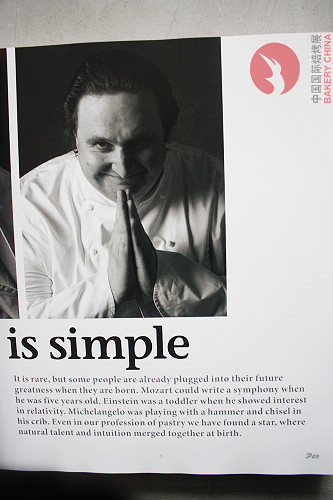 |
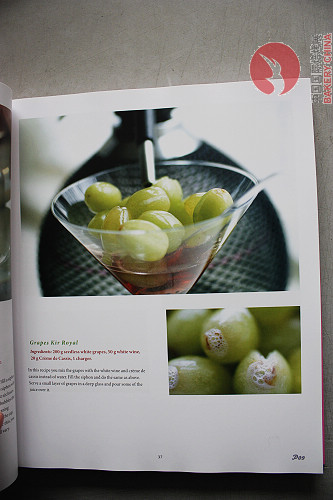 |
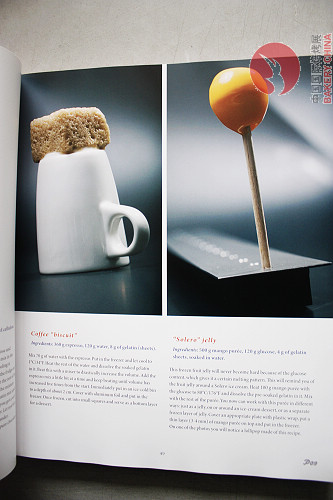 |
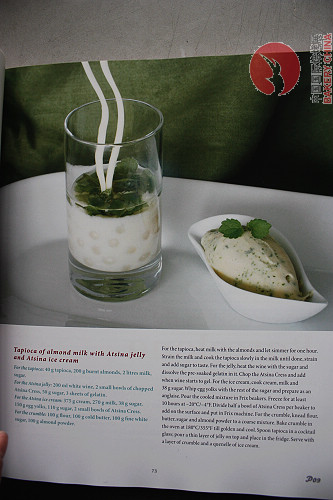 |
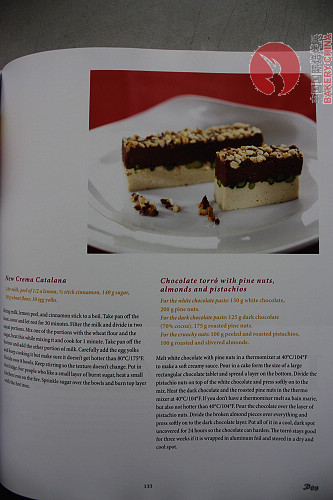 |
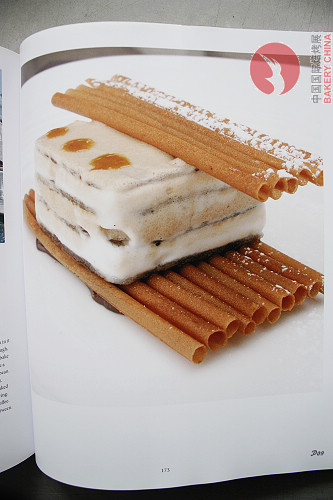 |
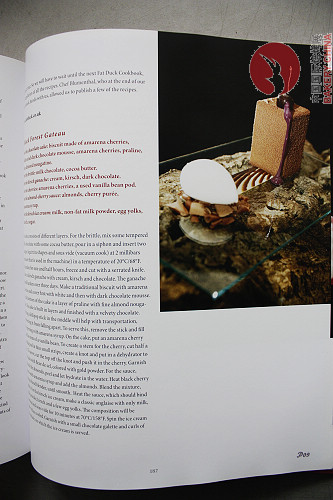 |
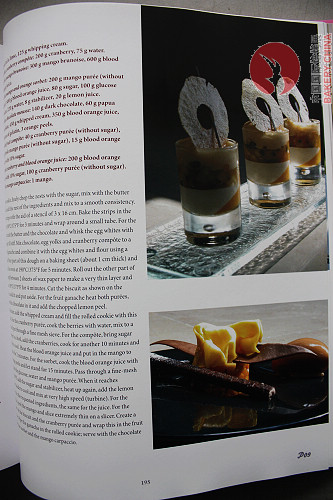 |


 购物车结算
购物车结算  书籍
书籍 原料
原料 器具
器具 包装
包装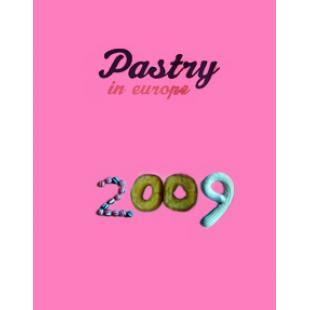
 收藏商品
收藏商品 分享
分享 加入购物车
加入购物车




